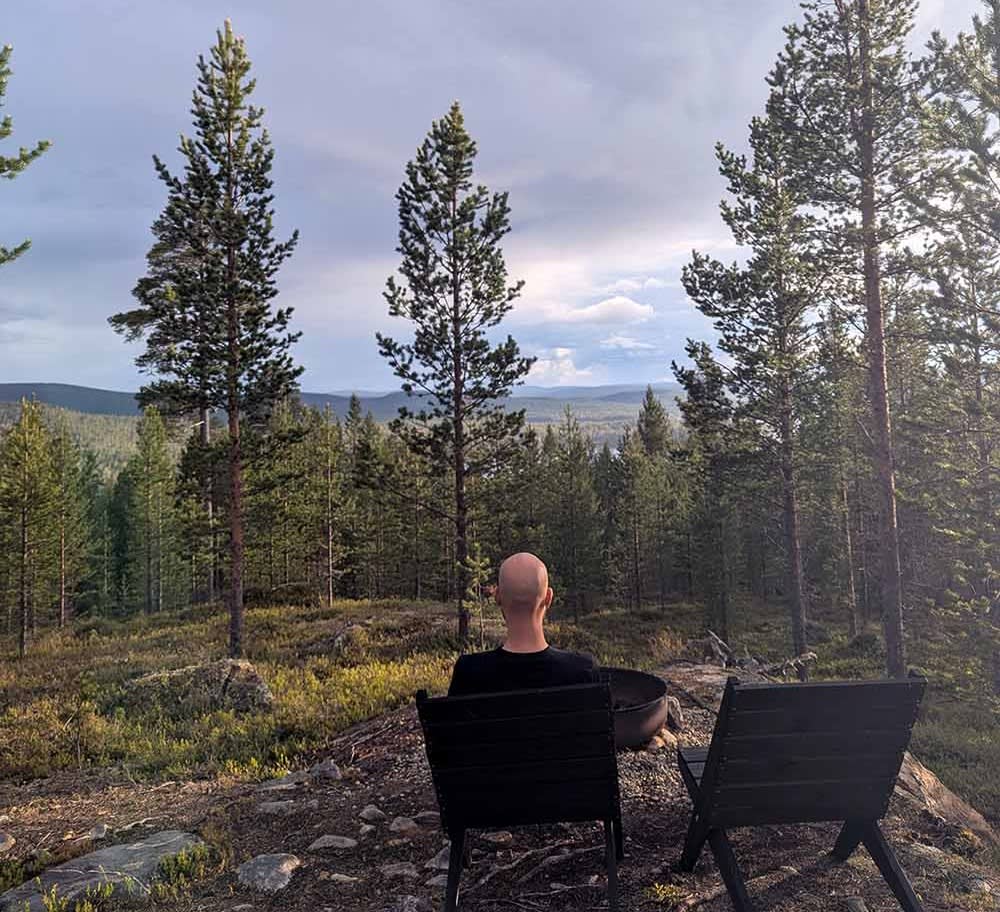Deepen trust by adding video or audio to your Substack (step-by-step breakdown)
Write For Revenue #9
➡️ Grab my FREE 7-day email course, Substack Launchpad - you’ll get one email a day for 7 days to help build your confidence, consistency, and traction on Substack. Get it here. 🚀
I had a really enjoyable Substack Live call with
this week.During the chat, we compared our views on “face-to-face” contact with our audiences as opposed to more indirect contact (via newsletters, social media, etc). Alyssa is a bubbly extrovert who thrives on IRL communication, whereas my introverted brain prefers doing things behind the scenes if possible.
I’ve never enjoyed being in the spotlight. I’m not the nimblest when put on the spot, and I talk way too fast most of the time.
The thought of being the face of my creator business freaked me out.
AD | Creator’s Forest
Your creator business is at risk. AI is already replacing generic creators who sound like everyone else. If you don’t want to wake up one day and realise that you’ve become replaceable, it’s time to join Creator's Forest and learn how to humanise your business. Join for free now.
And yet…
… I have a YouTube channel. And a podcast. And I do Live videos on Substack all the time.
I’m often very visible online.
Why? Because while most of my audience prefer consuming my content through articles and Notes (ie. the written word), many enjoy watching or listening to what I have to say. And as apprehensive as getting in front of the camera makes me, I do it anyway, for them.
Honestly? I’m so glad I did.
My podcast just crossed 70,000 downloads this week, and my YouTube channel is gradually growing. I’d had the chance to do some amazing interviews with creators I really admire (more on the way!) and I’ve significantly grown in confidence since I started back in August last year.
If you’re wobbling precariously on the fence and don’t know whether or not the audio/video route is something you should explore, this article is for you.
Let’s discuss.
The problem: you want to try audio or video, but it feels like starting over
Here’s the deal: you’re already writing consistently; you’ve built trust with your audience; you know the topics they care about.
But when it comes to adding media - audio, video, podcast episodes - it’s easy to overthink it:
Do I need a fancy mic or camera?
What should I even talk about?
Will this take hours to produce?
And most importantly: will it actually help me grow, or just add more to my plate?
The solution: add light media that deepens trust and supports what you're already doing
You don’t need a polished podcast or YouTube channel, by the way.
What you do need is a simple way to bring your voice (or your beautiful face) into your writing setup.
Audio and video let people hear how you think. They build connection faster. That connection builds trust. And trust leads to paid subscribers, clients, or product sales.
Let’s walk through how to do it, without derailing your writing process.
This post is part of my ‘Write For Revenue’ series for paid subscribers. Upgrade now to read every new and previous instalment in full. 👇



